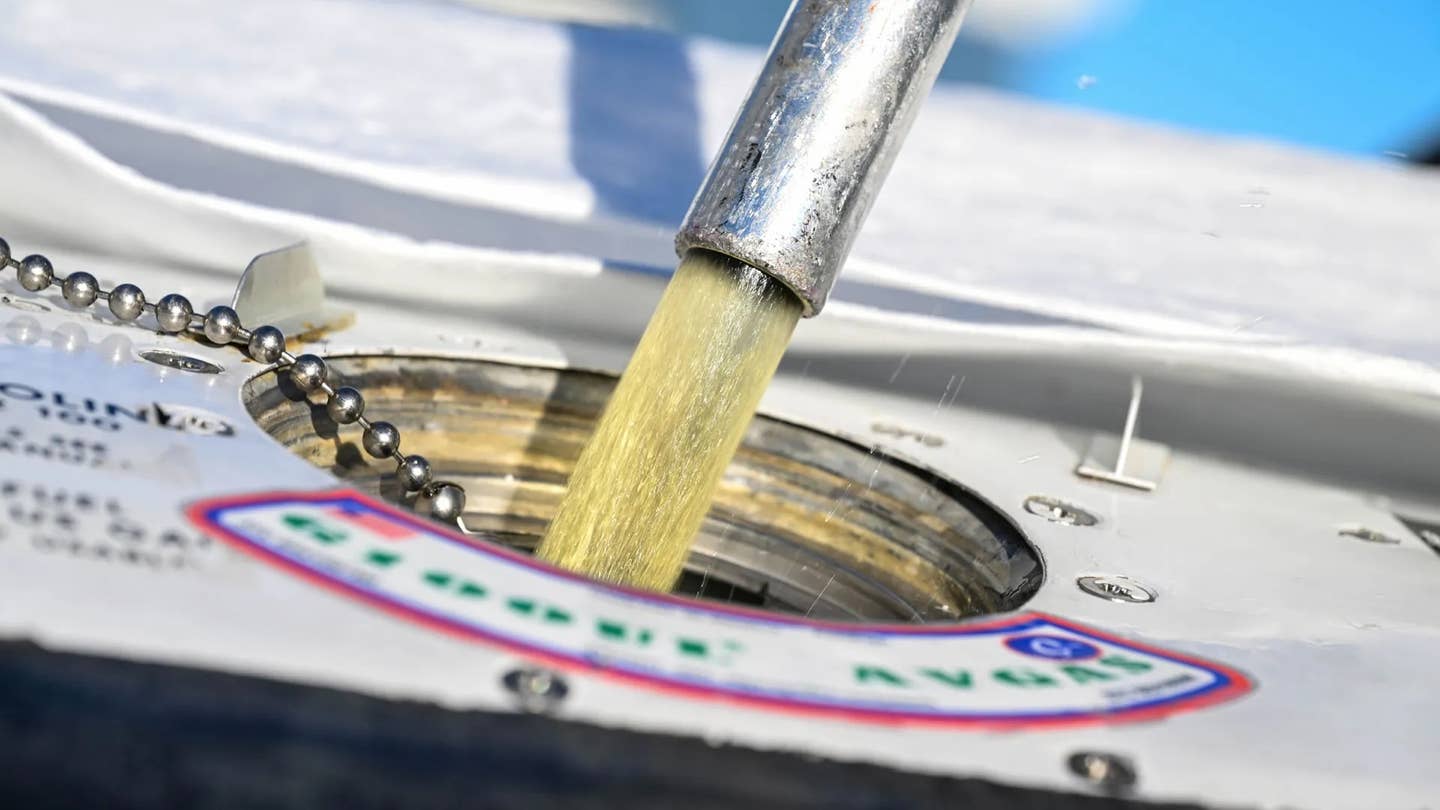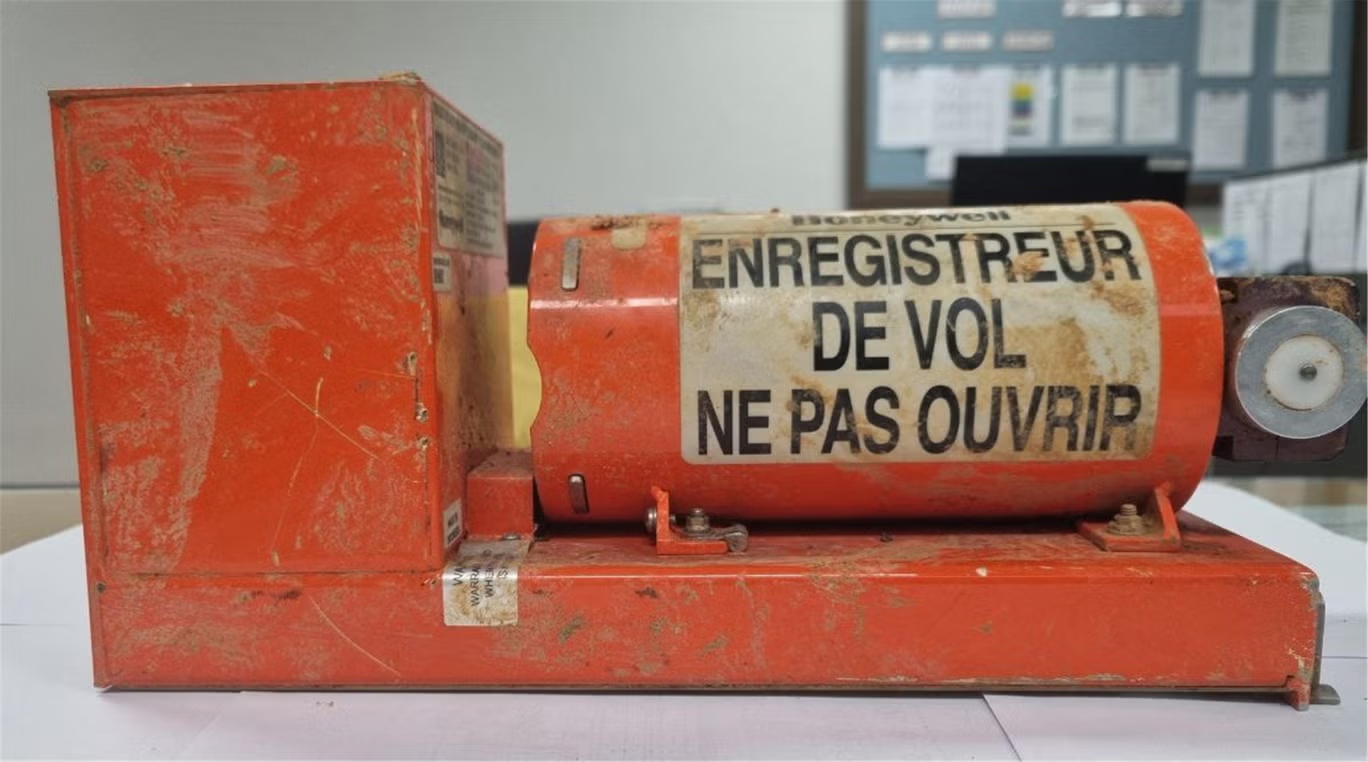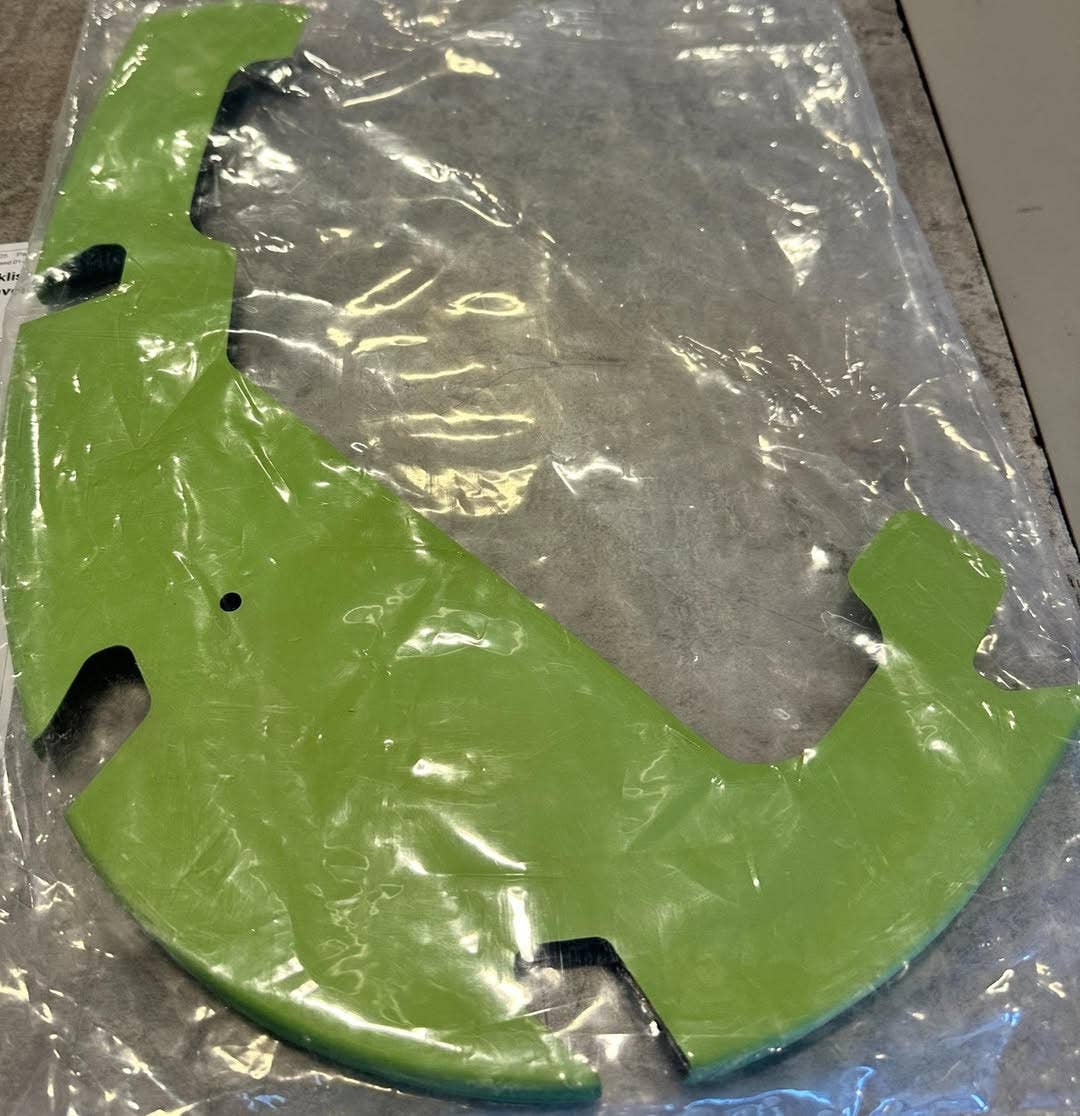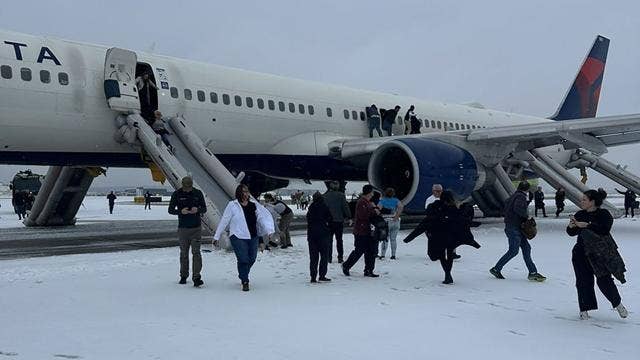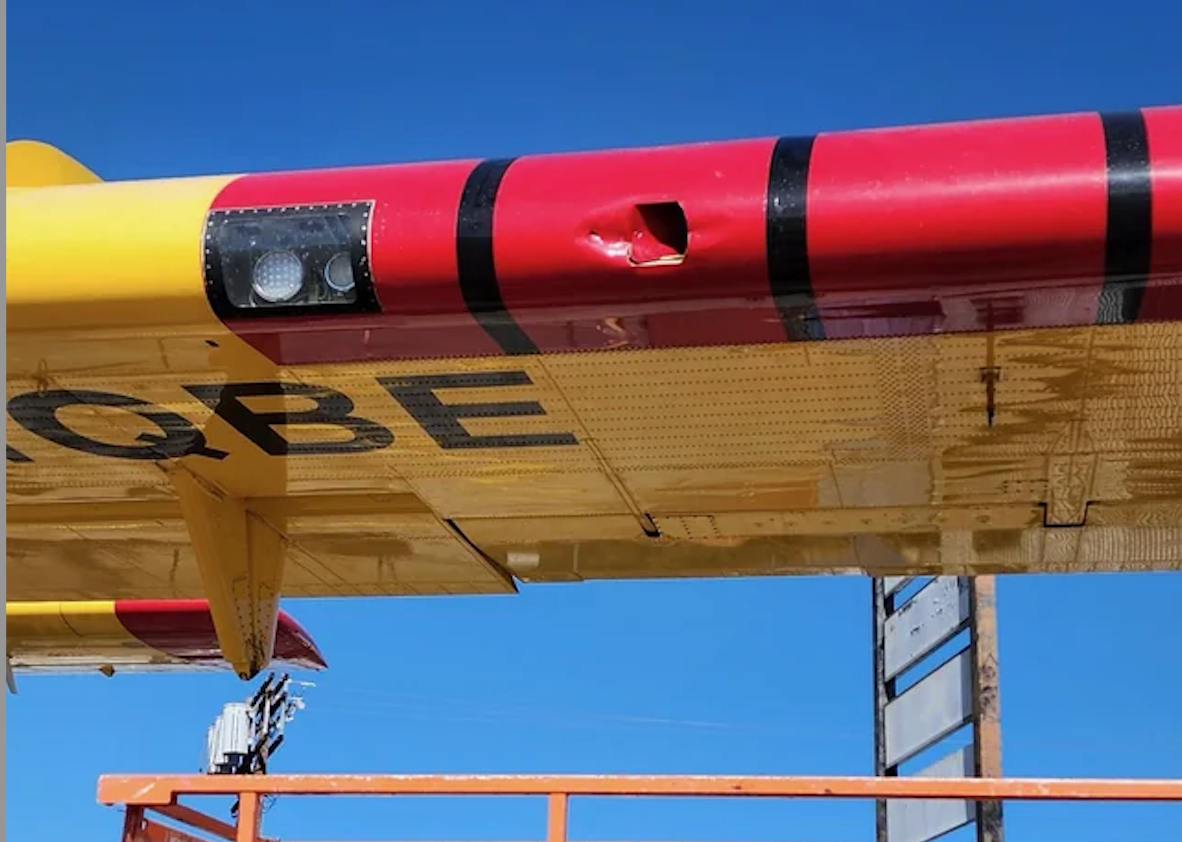FAA Proposes Rule To Require More Efficient Jets And Turboprops
The FAA has proposed a rule designed to reduce greenhouse gasses emitted by large aircraft flying in U.S. airspace by requiring the aircraft to be more fuel efficient. The rule…

The FAA has proposed a rule designed to reduce greenhouse gasses emitted by large aircraft flying in U.S. airspace by requiring the aircraft to be more fuel efficient. The rule would apply to new subsonic jet and large turboprop and propeller aircraft models that are not yet certified or are manufactured after Jan. 1, 2028. The proposed rule would not affect aircraft already in service.
“Examples of commercial aircraft that will be required to meet the proposed standards include the upcoming Boeing 777-X and future versions of the 787 Dreamliner; the Airbus A330-neo; business jets such as the Cessna Citation; and civil turboprop airplanes such as the ATR 72 and the Viking Limited Q400,” the FAA said. “Civil aircraft such as these were responsible for 10 percent of domestic transportation emissions and three percent of total U.S. greenhouse gas emissions prior to the pandemic.”
According to the FAA, the proposed emission standard uses “a metric that equates fuel efficiency and consumption with reductions in carbon dioxide (CO2)” and accommodates measures for increasing fuel efficiency such as aerodynamic improvements, more efficient engines and reductions to an aircraft’s empty mass before loading. The FAA noted that proposed rule is designed to align with aircraft CO2 emission standards established by the International Civil Aviation Organization (ICAO) and will ensure that U.S. manufactured airplanes and airplane engines are accepted worldwide. The rule can be viewed in the Federal Register and is open for comments until Aug. 15, 2022.

